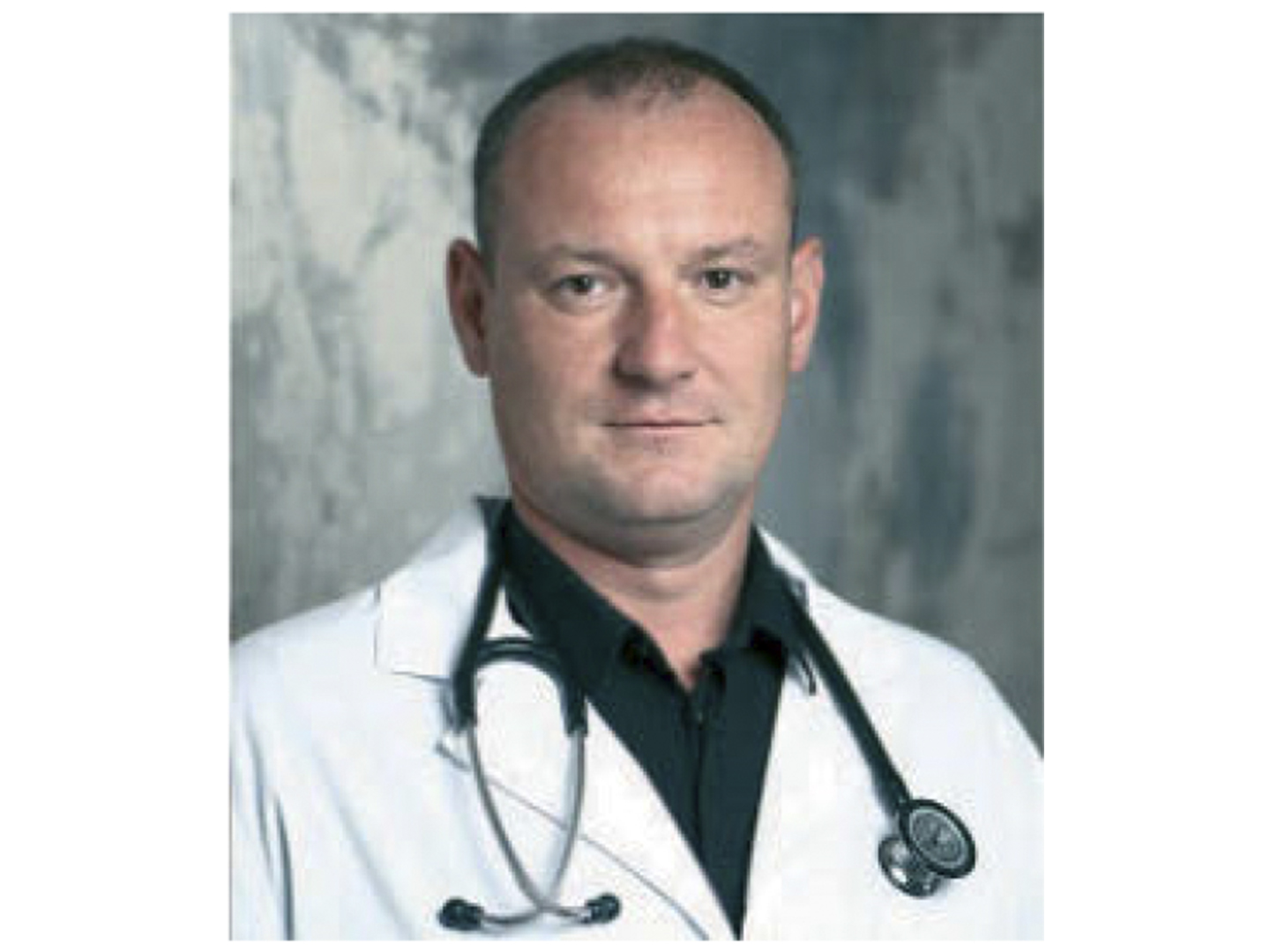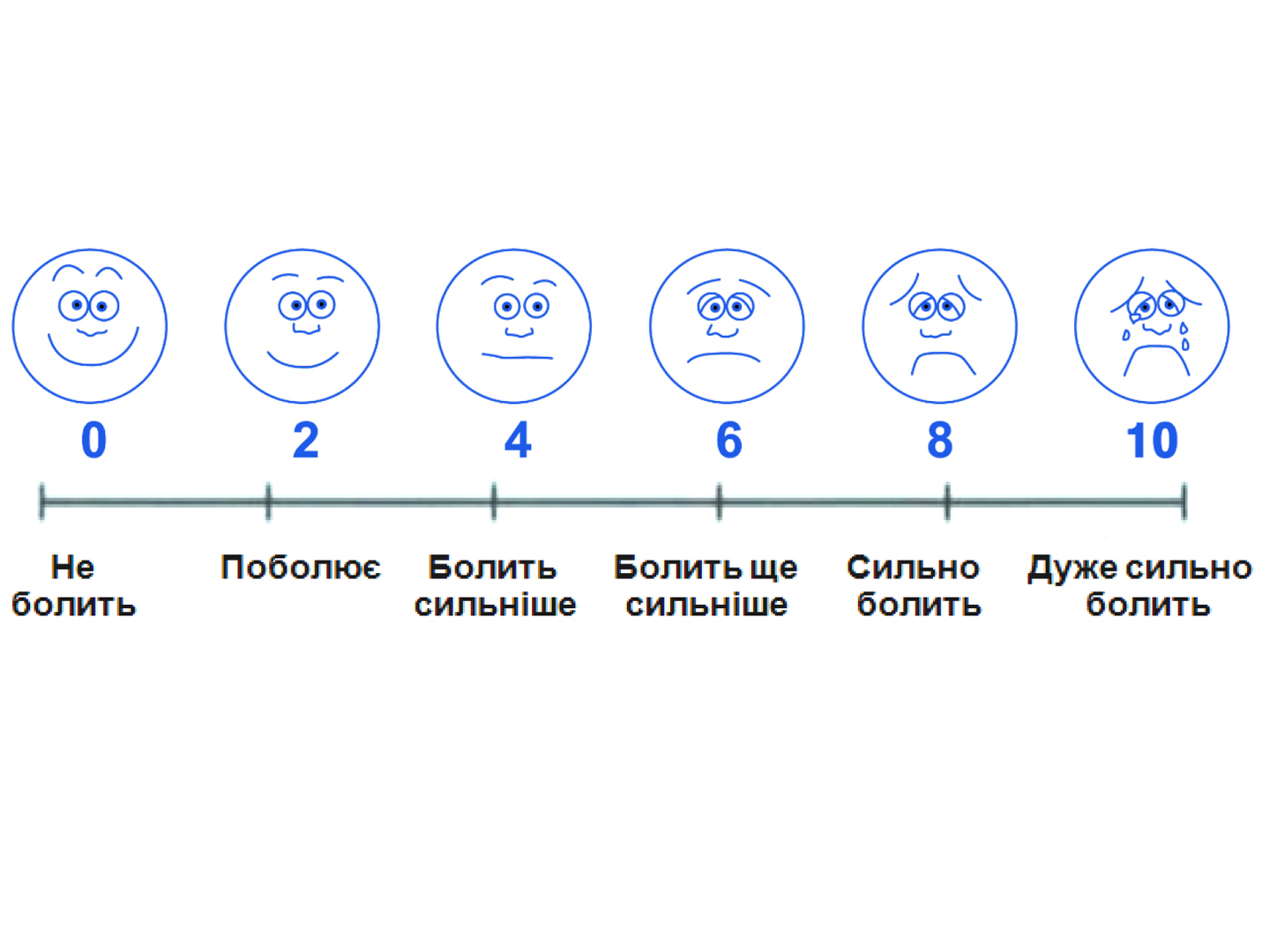The efficacy of Decasan antiseptic agent
Vinnitsa Pirogov Memorial National Medical University, Pirogova Str. 56, Vinnitsa, Ukraine 21018;
Yuria-Pharm Pharmaceutical Company, Amosova Str.10 Kyiv, Ukraine 01000
Abstract. The work presents the results of study of antimicrobial properties of batch production samples of antiseptic pharmaceutical products Decasan and Myramistin. Experience of clinical use of Decasan in treatment of patients with purulent and inflammatory lesions was summarised.
Key words: antiseptic agents, Decasan, therapeutic efficacy, pneumonia.
Introduction
The aetiological structure of purulent inflammatory disease is dominated by opportunistic organisms, which are characterised by multiple resistance to antibiotics. The horizontal conjugative transmission of genetic determinants of resistance within the microbial population promotes propagation of antibiotic resistance, which develops substantially faster than marketing of new and effective drugs. Along with peculiarities of pharmacokinetics of systemic drugs, which does not allow creating required concentrations of a focus of infection, separated by a wall of inflammation, the above mentioned factor makes local antiseptic agents increasingly important within the therapeutic schedules for local purulent and inflammatory disease.
Compared to the number of antibiotics, the list of contemporary antiseptic agents is quite scarce, containing such agents, known for already a long time, as hydrogen peroxide, nitrofuran compounds, chlorhexidine bigluconate and povidon-iodine. In recent years, the above list was substantially complemented by the products of quaternary ammonium compounds, synthesised in Ukraine, namely, myramistin and decamethoxin.
Surface active cationic detergents, which include decamethoxin and myramistin, are known for a wide range of bactericidal, virucidal, fungicidal action, their ability to reduce adhesive properties of bacteria and to destroy microbial toxins [Paliy, 1997]. Local application of the above agents allows creating the antiseptic regimen in the infective focus, required for fast wound healing and elimination of inflammation, as well as accelerating restoration of homeostasis.


